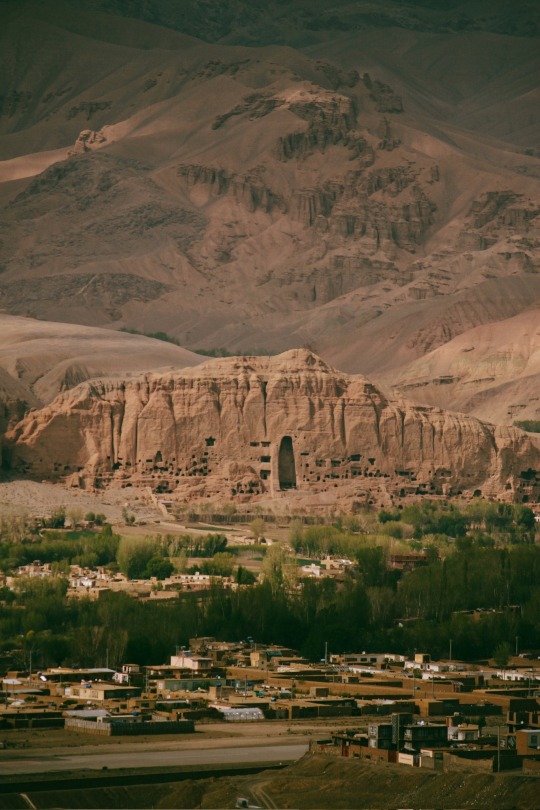#bamiyan
Text
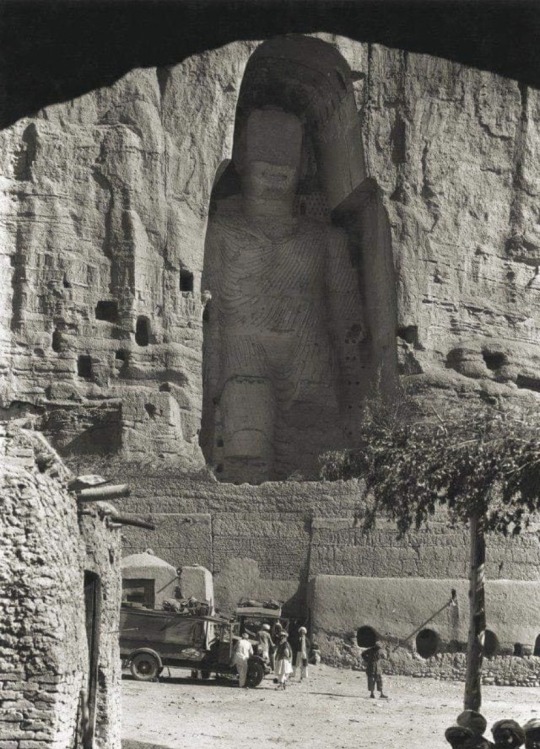
Giant Buddha, Bamiyan, Afghanistan. (c) 1931
#Afghanistan#afghan#bamiyan#buddha#buddha statue#buddha of bamiyan#buddhism#central asia#vintage#photography#own post
184 notes
·
View notes
Text

Lamb Kebab, Qaboli Palaw, Beans, Eggplant, Soup, Salad, and Bread.
Bamiyan, Afghanistan.
Taken on September 25, 2022
#Nosaj Redloffa#Food#Lamb Kebab#Kebab#Qaboli Palaw#Beans#Eggplant#Soup#Salad#Bread#Bamiyan#Afghanistan#2022
315 notes
·
View notes
Text
The cliffs of Bamiyan, Afghanistan once sheltered giant Buddhas until they were blown up by the Taliban in 2001. Now, their man-made caves house poor homeless families.
20 notes
·
View notes
Text



Bamiyan, Afghanistan, 1974 or so.
22 notes
·
View notes
Text
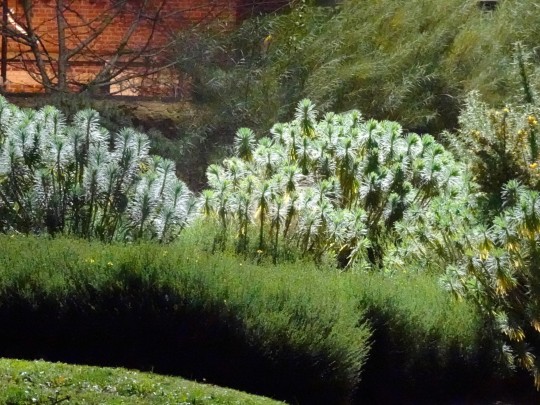


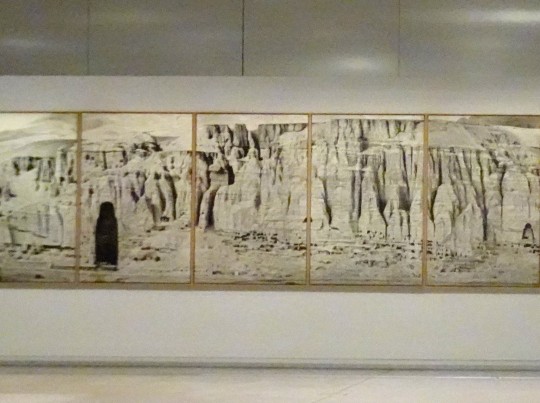
Il y a une petite quinzaine, je suis allé avec Julien et Katie, au Louvre-Lens. Ici, alternés, la sortie de l'expo permanente, "la Galerie du Temps" avec cette photo panoramique de Bamiyan, hélas sans ses bouddhas, et les jardins riches en euphorbes.
3 notes
·
View notes
Text

The Boys of Bamiyan, Bamiyan Province, Afghanistan, 2013
Photo: Alissa Everett
24 notes
·
View notes
Text
The Taliban have launched construction work on a tourism complex just metres from the cliff that held the Bamiyan Buddha statues, which archeologists and experts warn could cause permanent damage to the sensitive world heritage site.
The project aims to “rebuild” a historic bazaar, which was destroyed in the civil war of the 1990s. Under the Taliban blueprint, the area will become a tourism centre with restaurants, guesthouses, parking, public toilets and handicraft and grocery shops.
But the ruined bazaar is itself a historic site that may sit on top of older ruins, and it is also close to the fragile cliff of Buddhist monastery caves that is one of Afghanistan’s greatest treasures.
“This old bazaar is in the archaeological buffer zone of the world heritage site and Unesco [the UN agency that manages the listings] has never been in favour of reusing this place,” said a diplomat with expertise in heritage issues in Afghanistan, who asked to remain anonymous.
“On the contrary, these buildings are located in the middle of an archaeological zone, and the buildings themselves are in some way part of the late 19th- and early 20th-century heritage and therefore their reconstruction is sensitive.”
In 2001, the Taliban destroyed two giant statues that had towered over the valley for more than a millennium, but the niches where they stood, and surviving cave frescos and other remains still make the site one of global importance.
The main road through Bamiyan was re-routed years ago to limit vibrations and fumes from traffic. This new plan would bring a heavy influx of people and vehicles back into a fragile area, officially designated a protected zone.
Mawlawi Saifurrahman Mohammadi, the provincial director for information and culture [...] said over 20 strict building controls had been fixed to respect the sensitive nature of the site. They include limiting buildings to a single storey, restricting the use of concrete for drains and pavements, and controlling the type of stones and plaster used.
He said the project had been signed off by Unesco, the United Nations educational, scientific and cultural agency. “[The central government] negotiated with Unesco and they sent us back a guideline on how to do it.”
But Unesco, which monitors world heritage sites and has been working at Bamiyan for decades, said it had not been consulted on the project, and had not given its approval to rebuilding the bazaar. It warned in a statement that the building could affect conservation work.
“Unesco has neither requested nor been associated with this project, which is located in the heart of the archaeological zone and could be problematic for the proper conservation of the world heritage site,” it said in a statement.
Heritage experts from Bamiyan also said they were alarmed at the destructive potential of the plan.
“This is a very restricted area, nobody is allowed to do any construction here, but the Taliban have decided to rebuild,” said one official who asked not to be named criticising the government. “I worked here in the past and I know the value of the site.
Bamiyan governor Abdullah Sarhadi [...] said he decided to launch the reconstruction after the owners of the shops came to petition him. They said they had effectively been robbed of their land when it was marked a heritage area and rebuilding banned.
“We should not let people have their land taken away here,” he said. “People could not get their [rightful] property, now it’s time they get it back.”
In tacit recognition of the area’s potential archeological value however, Mohammadi said the government would reserve the right to reclaim the bazaar area for archeological excavation in future.
6 notes
·
View notes
Photo

When you travel by helicopter, the weather is all right for photography ... and you pass by the beautiful villages of Bamyan .... this means the peak of happiness❤😍 ---- #Bamiyan-#Afghanistan ---- #Photographer: Sayed Habib Bidel -- #people_vs_camera #sayedhabibbidel #bidelphotography #photowalkglobal #friendsinstreets #fivestars_people @fivestars_people #afgphotographers #afghanistan #yourshotphotographer #YourShotPhotographer #everydayeverywhere #everydaymiddleeast #عکاسی #عکاسی_مستند #lifestylephotographer #فوتوغرافي #摄影师 #photographe #fotografo #фотограф #fotoğrafçı #fotógrafo #fotograf #写真家 #फोटोग्राफर #storytellingshot https://www.instagram.com/p/CeaKi6MoEnj/?igshid=NGJjMDIxMWI=
#bamiyan#afghanistan#photographer#people_vs_camera#sayedhabibbidel#bidelphotography#photowalkglobal#friendsinstreets#fivestars_people#afgphotographers#yourshotphotographer#everydayeverywhere#everydaymiddleeast#عکاسی#عکاسی_مستند#lifestylephotographer#فوتوغرافي#摄影师#photographe#fotografo#фотограф#fotoğrafçı#fotógrafo#fotograf#写真家#फोटोग्राफर#storytellingshot
2 notes
·
View notes
Photo

Afghan Tikka Kebab in the process of making. #Bamiyan #Afghanistan Photo by Omer Khan @omer_khan_photography. #everydayafghanistan #saighan #everydaybamiyan #documentary #everydayeverywhere #streetfoods #afghanifood #afghanfoods #documentaryphotography #afghankabab #dailylife #kabab #everydayasia #reportagespotlight #photojournalism (at Bamyan) https://www.instagram.com/p/CeZOyI-tsbr/?igshid=NGJjMDIxMWI=
#bamiyan#afghanistan#everydayafghanistan#saighan#everydaybamiyan#documentary#everydayeverywhere#streetfoods#afghanifood#afghanfoods#documentaryphotography#afghankabab#dailylife#kabab#everydayasia#reportagespotlight#photojournalism
2 notes
·
View notes
Text
#Buddhas of Bamiyan#Bamiyan#Afghanistan#Afghanistan History#Buddhist History#Religious History#Asian History#Middle Eastern History#History#Histoire#Historia#Geschichte#تاریخ#HistorySisco
2 notes
·
View notes
Text
Time Patrol. Afghanistan 1953
Kabul, 1953. Long before the many wars. My father Cyril was Air France General Manager in Pakistan. Karachi was the road to the Far East. Paris sent him to Kabul to investigate the possibility of opening a line to Afghanistan. My parents had lived in Pakistan for 6 years already. They spoke Urdu fluently. He knew the region. He took my mother’s 8mm camera. Shot a film which my mother edited, and…
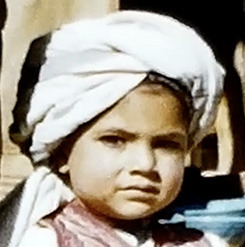
View On WordPress
0 notes
Text
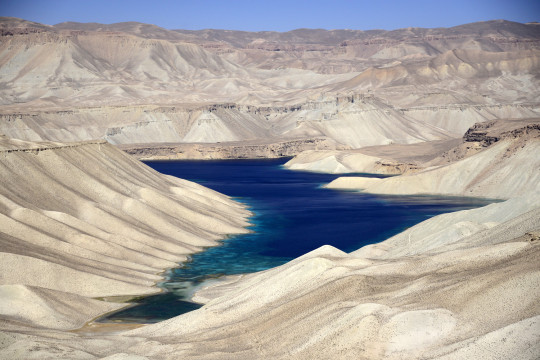
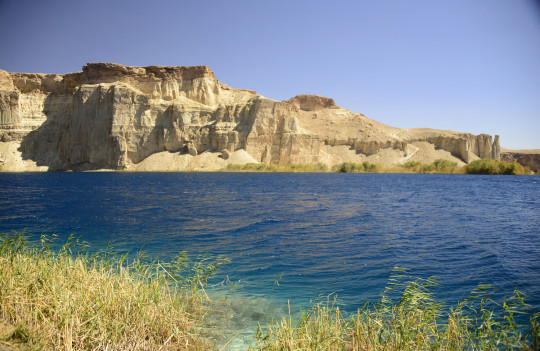
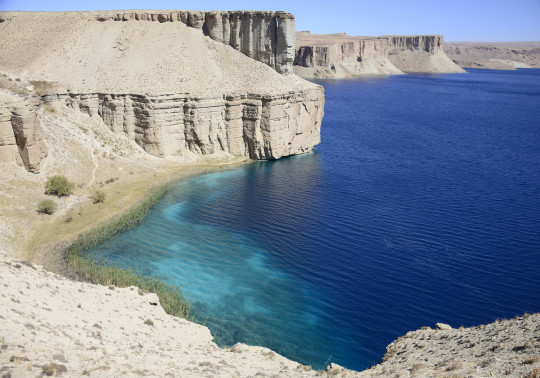

The terrain outside of Bamiyan quickly becomes an empty, monochromatic dreamscape of desert and mountain when suddenly a bend in the rough road reveals the bluest waters you have ever seen... This is Band-E Amir, a series of mineral-rich lakes designated as the first national park in Afghanistan.
Taken on September 26, 2022
66 notes
·
View notes
Text
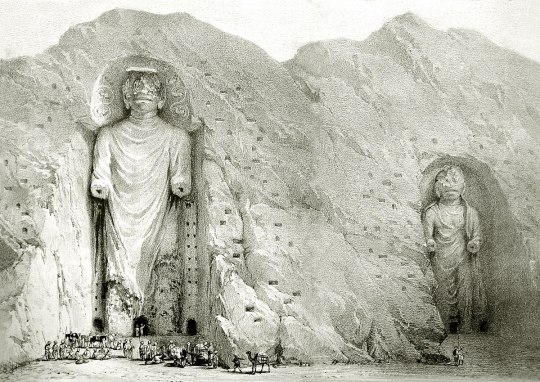
13 notes
·
View notes
Text


Buddhas of Bamiyan in Afghanistan (destroyed)
55 notes
·
View notes
Text
After Trump’s diplomacy, and Biden’s withdrawal, the Taliban in Afghanistan are broke. So strapped for cash are the terrorist kings of Afghanistan, that they have resorted to selling tickets for visits to the archaeological sites they themselves bombed.
18 notes
·
View notes
